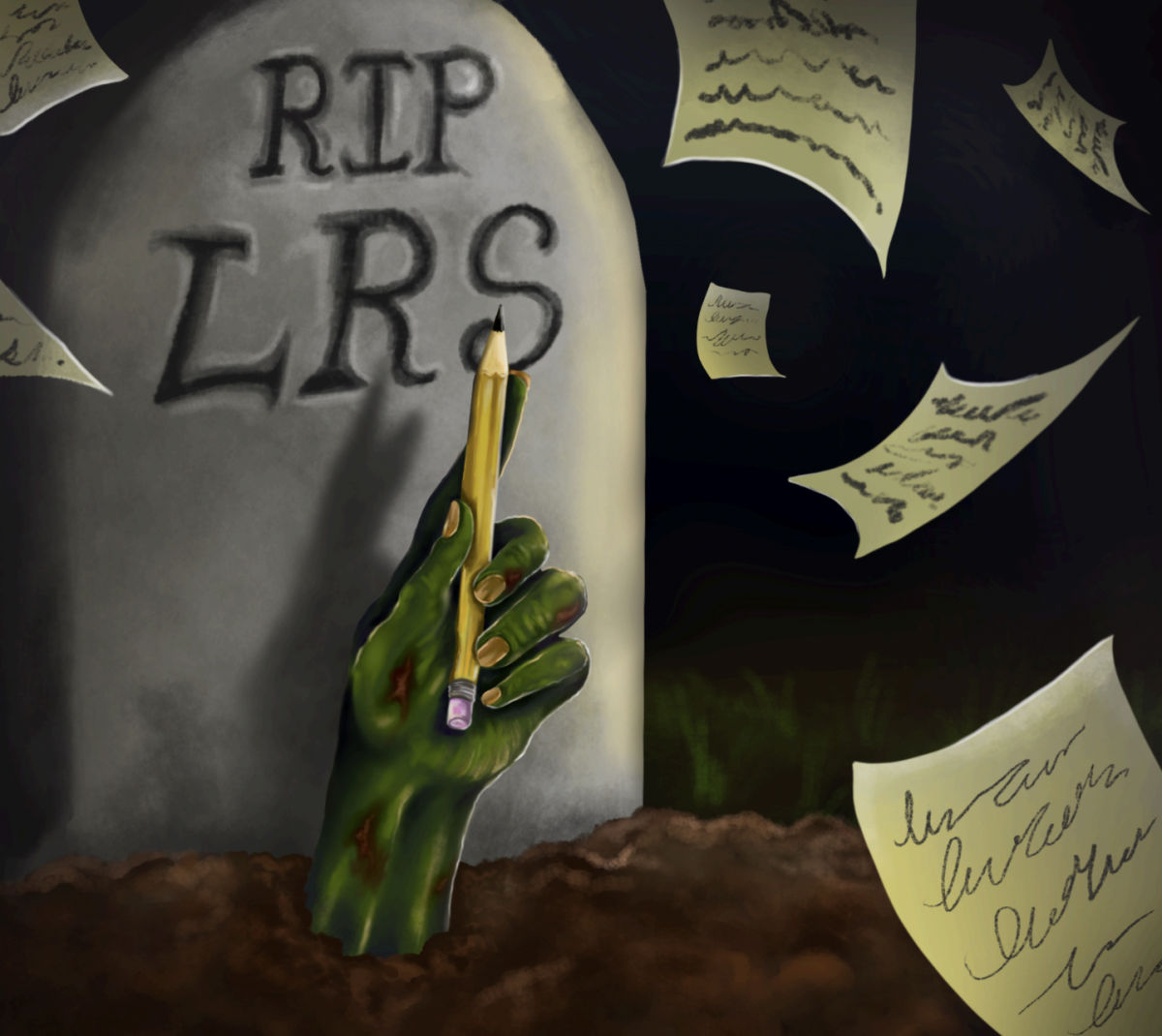The New York Times’s decision to feature college Republicans in its magazine (“The Young Hipublicans,” by John Colapinto) is sure to elicit two responses. Liberal readers will read curiously to see what those misguided youths are up to, as though the article were an expose on sexually active 13-year-olds. Meanwhile, more conservative folk will have to accept that their most hated institution has acknowledged their presence. The article acknowledges that young right-wingers are not all social conservatives or preppy dressers–why, not all of them even consider themselves Republicans!–and thus presents a palatable view of the movement to the potentially unreceptive Times audience.
Although the U.S. is more or less split politically, at many liberal arts colleges, people are assumed to be liberal until proven conservative. For this reason, although I am not a College Republican myself, I see the value in the existence of such organizations on our and other campuses. The Times could not–and does not–present college Republicans in a neutral light. Everything done by a member of a conservative student organization is suspect.
Apparently, the latest subversive technique of the young Republicans is looking normal. “Many…Reagan-era conservatives announced their politics on campus with their dress and grooming, the men sporting aggressively conservative Clark Kent haircuts, blue blazers, red ties, loafers…Today…[t]he idea is to dress like a young person…[t]hese days, the interest groups encourage a hipper look.” Colapinto implies that when a politically conservative college student is not visibly conservative it is the result of intentional camouflaging.
That today’s college conservatives dress differently from their 1980s counterparts is probably true, though the same claim could be made about 1960s campus leftists and current ones. Yet Colapinto suggests that there is something sneaky about conservatives looking like themselves, not like members of a movement they happen to be a part of. While some campus conservative groups may actually encourage their members to tone down their dress, there are also those whose dress habits were formed prior to their political ones, or whose styles are just not reflections of their politics. (Someone who advocates lower taxes may do so in the hope of retaining more of his income to buy hip clothes with, for example. It’s possible.)
Aside from dressing deceptively normally, campus conservatives find still more ways to be a frightening presence at colleges. “In fact, much of what Chaykun [a college conservative]–and indeed most any campus conservative you meet–says is something that someone told them to say. This is not to doubt their passion and belief, but it is to be realistic about the language and tactics they’ve developed to communicate those beliefs,” writes Colapinto. He goes on to explain that conservative organizations advise their campus counterparts on how to spread the conservative gospel. Ooh, creepy.
Colapinto’s statement, while most likely true (but, given the paper’s track record…), tells the reader nothing unique about college Republicans. Do any campus activist movements, on the left or right, come up with their own material? Students here at the U of C protesting the war with Iraq posted antiwar quotes from Chicago professors on the walls of Cobb. Campus debate is more often than not “But Ann Coulter said…” vs. “but Maureen Dowd said,” aren’t they?
The validity of a campus movement cannot be based on its originality. The vast majority of campus organizations, here and elsewhere, are branches of something much bigger, be it a political party, an ethnicity, or a sport. The best most campuses can hope for is a wide range of student organizations.
When campus conservatives do espouse beliefs that differ from those of many prominent Republicans, one is not to assume that these confused post-adolescents are capable of both joining up with a movement they agree with on many issues and at the same time thinking for themselves. No, instead the reader is assured that left-wing ideology remains in the heart of even those students who claim to have transcended it.
“Like the rest of their generation, they’ve [college conservatives] been trained, from preschool onward, in the tenets of cooperation, politeness and racial and gender sensitivity. As much as they would hate to admit it–as hard as they try to fight it–these quintessential values have suffused their consciousness and tempered their messages,” Colapinto said.
The “tenets” Colapinto offers are pretty meaningless. Are the “quintessential values” of cooperation and politeness all that specific to those who are left of center? Self-centeredness and rudeness are not correlated with political affiliation. As for racial and gender sensitivity, this does not explain why many campus conservatives discussed in the article are against affirmative action but for gay rights. Sensitivity towards racial minorities is often encouraged more than sensitivity toward gays in the “progressive” culture. Affirmative action is considered by many to be the hallmark of racial sensitivity, while a good part of the country is all for gender sensitivity, but only as it applies to women, not people of various sexual orientations.
If college conservatives have found other ways of being race and gender sensitive, then maybe their messages are not so much “tempered” left-wing thought as a challenge to the ideas they were brought up with. At the very least, being openly conservative on many campuses is a way to go through a rebellious phase before returning to progressiveness.








